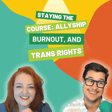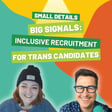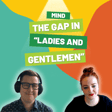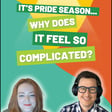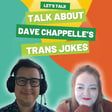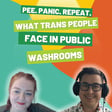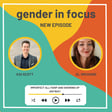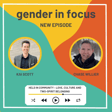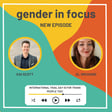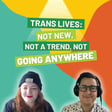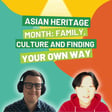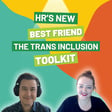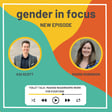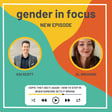
Glitter Beards and Good Intentions - Getting Inclusive Visuals Right
What story are your workplace visuals really telling about belonging and inclusion? Join Kai and El in this episode as they delve into the surprisingly powerful world of inclusive visuals and why authentic representation is so crucial for transgender and non-binary people to see themselves reflected in their workplaces. They share some awkward and oh-so-common missteps (glitter beards, we're looking at you!) alongside actionable insights and real-world examples of how to create inclusive workplace visuals in everything from office posters and website imagery to internal training materials that truly foster a sense of belonging and make everyone feel genuinely seen and welcome. Discover a fresh perspective on how to make your visual communication truly equitable and build a more inclusive work environment. Check it out to learn more about diversity and inclusion in the workplace through effective visual strategies!
___________
Want to get in touch? Contact us at podcast@transfocus.ca
Join us on social media:
LinkedIn | Instagram | TikTok | Threads | Facebook



